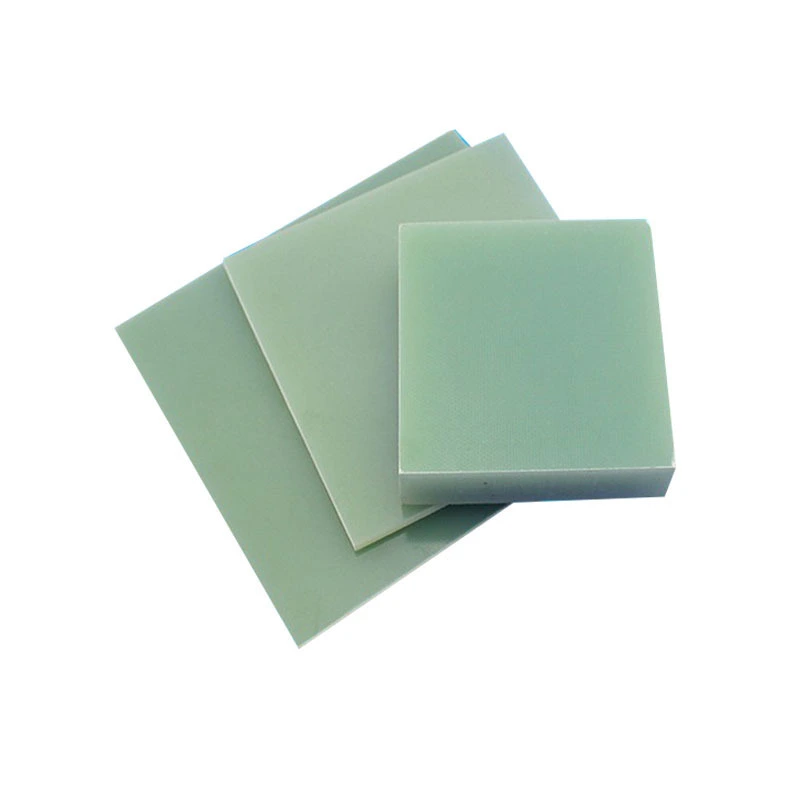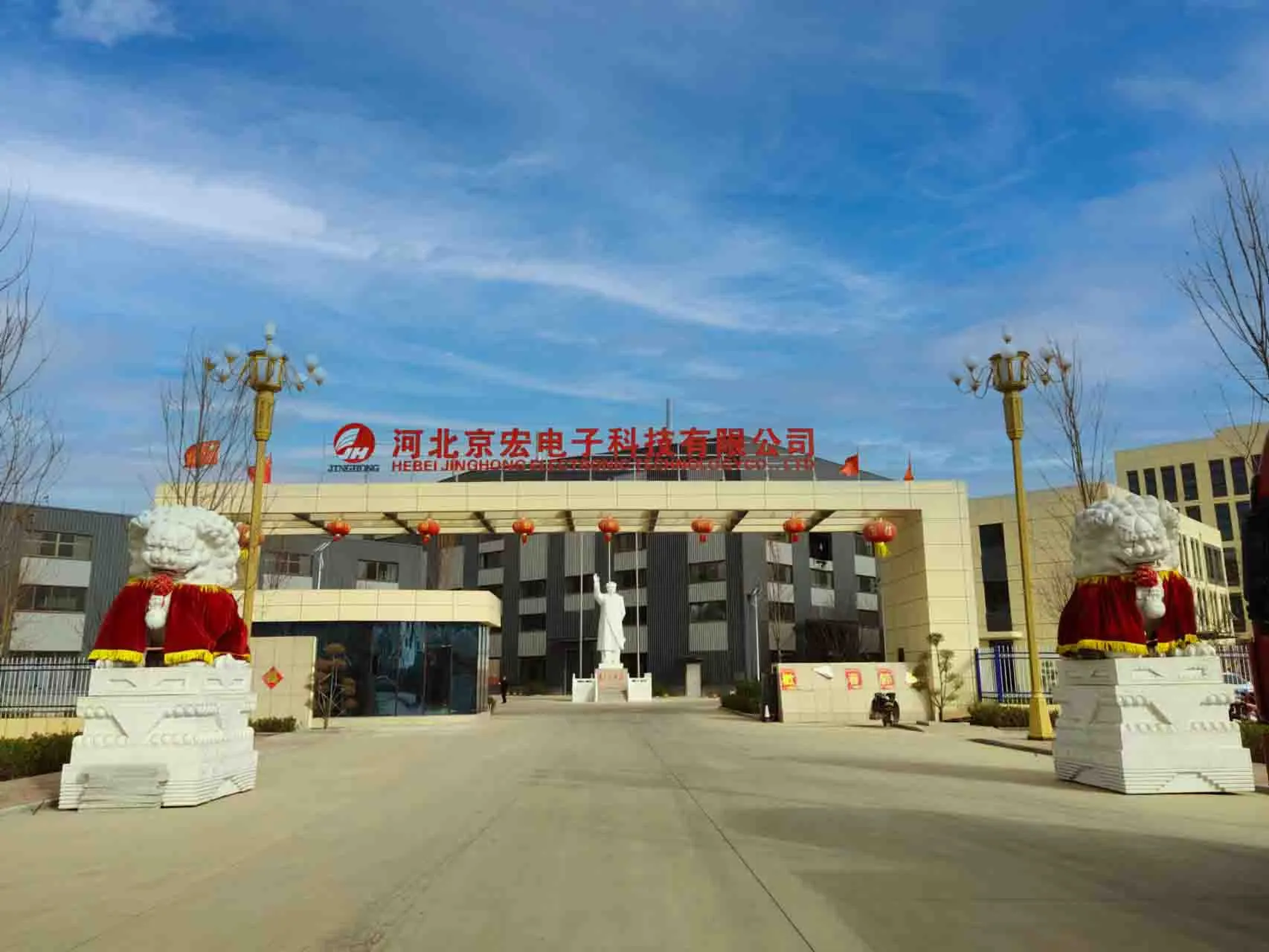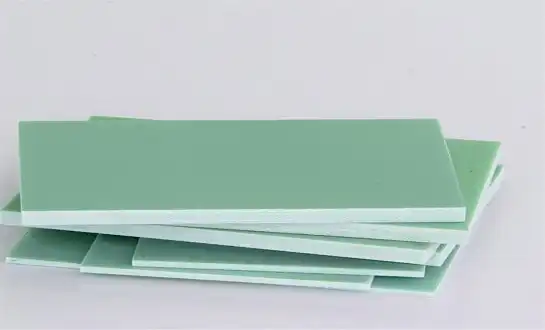How G10 Fiberglass Plate Supports Green Manufacturing Practices?
Energy Efficiency in Production
G10 fiberglass plate manufacturing processes consume less energy compared to traditional materials. The production of G10 involves fewer high-temperature stages, reducing overall energy requirements. This energy efficiency translates to lower carbon emissions, aligning with green manufacturing goals. Moreover, the lightweight nature of G10 fiberglass plate means less fuel consumption during transportation, further minimizing its carbon footprint.
Waste Reduction and Recyclability
The production of G10 fiberglass plate generates minimal waste. The material's composition allows for precise cutting and shaping, reducing off-cuts and scrap. Additionally, G10 fiberglass plate can be recycled at the end of its lifecycle. While the recycling process is complex due to its composite nature, advancements in recycling technologies are making it increasingly feasible to recover and repurpose the material's components.
Longevity and Reduced Replacement Frequency
G10 fiberglass plate's exceptional durability significantly extends the lifespan of industrial components. This longevity reduces the frequency of replacements, consequently decreasing the demand for raw materials and energy associated with manufacturing replacement parts. The material's resistance to wear, corrosion, and environmental factors ensures sustained performance, contributing to resource conservation in the long run.
Environmental and Performance Advantages of G10 Fiberglass Plate
Chemical Resistance and Environmental Protection
G10 fiberglass plate demonstrates exceptional resistance to a broad spectrum of chemicals, solvents, and industrial reagents. This durability not only extends the operational lifespan of equipment but also ensures safer handling of hazardous substances. By minimizing chemical degradation, the material helps prevent harmful compounds from leaching into the surrounding environment, protecting soil, water, and air quality. Its chemical resilience supports compliance with environmental regulations, making G10 an ideal material for industries seeking sustainable and eco-friendly solutions without compromising performance or safety.
Thermal Insulation and Energy Conservation
The excellent thermal insulation properties of G10 fiberglass plate make it a valuable contributor to energy efficiency in industrial applications. When integrated into equipment, panels, or structural elements that require precise temperature management, G10 helps maintain stable operating conditions while minimizing heat loss or gain. This results in reduced energy consumption, lower heating and cooling costs, and improved overall system efficiency. Utilizing G10 in thermal management supports sustainable practices, reduces carbon footprint, and aligns with long-term operational cost savings in industrial facilities.
Noise Reduction and Workplace Well-being
G10 fiberglass plate's vibration-damping and acoustic absorption characteristics make it effective for controlling industrial noise. By reducing sound transmission and dissipating vibrations, it creates quieter and more comfortable working environments, which enhances employee concentration, safety, and overall well-being. Beyond the immediate workplace, the material also mitigates noise pollution that could impact surrounding communities. Implementing G10 in machinery, panels, or protective structures helps industries meet occupational health standards and environmental noise regulations, promoting both human comfort and sustainable operational practices.
G10 Fiberglass Plate Applications in Sustainable Industrial Equipment
Renewable Energy Sector
In the renewable energy sector, G10 fiberglass plate is widely utilized to improve both performance and longevity of key equipment. Wind turbine insulation layers, support brackets, and structural components benefit from G10's exceptional mechanical strength, moisture resistance, and ability to endure prolonged exposure to harsh weather. Similarly, solar panel frames and mounting structures take advantage of G10's lightweight yet sturdy properties, enabling easier installation, reduced maintenance, and extended service life even under fluctuating temperatures and intense sunlight exposure.
Electric Vehicle Manufacturing
The electric vehicle (EV) industry relies on G10 fiberglass plate for critical safety and performance functions. It serves as a reliable electrical insulator in battery modules, ensuring safe and stable operation under high current loads and elevated temperatures. G10 is also incorporated into motor housings, power distribution panels, and structural supports, where its high strength-to-weight ratio and thermal stability help maintain dimensional precision and mechanical reliability. Its resilience under repeated thermal cycling makes it ideal for long-lasting EV components.
Waste Water Treatment Facilities
G10 fiberglass plate is highly valued in wastewater treatment facilities for its resistance to corrosion, chemicals, and moisture. It is commonly used in pump housings, valve bodies, filtration supports, and structural frameworks that require long-term durability in aggressive chemical environments. The material maintains structural integrity even under continuous exposure to acids, bases, and other contaminants, reducing the need for frequent maintenance or replacements. Its combination of toughness and chemical stability ensures reliable operation of essential infrastructure in sustainable water management systems.
Conclusion
G10 fiberglass plate stands as a beacon of innovation in environmentally friendly industrial applications. Its unique combination of strength, durability, and sustainability makes it an invaluable asset for industries striving to reduce their environmental impact. From renewable energy to electric vehicles and waste management, G10 fiberglass plate continues to prove its worth in creating more efficient, resilient, and eco-friendly industrial solutions. As we move towards a greener future, the role of materials like G10 fiberglass plate in shaping sustainable industrial practices cannot be overstated.
FAQs
What makes G10 fiberglass plate environmentally friendly?
G10 fiberglass plate is environmentally friendly due to its energy-efficient production, durability that reduces replacement frequency, and potential for recycling. Its resistance to chemicals also prevents environmental contamination.
Can G10 fiberglass plate be used in extreme temperatures?
Yes, G10 fiberglass plate offers excellent thermal stability, making it suitable for applications involving a wide range of temperatures, from very low to high heat conditions.
Is G10 fiberglass plate suitable for outdoor applications?
Absolutely. G10 fiberglass plate's resistance to moisture, UV radiation, and various weather conditions makes it ideal for outdoor industrial applications.
Experience the Sustainable Power of G10 Fiberglass Plate with J&Q
At J&Q, a trusted G10 fiberglass plate manufacturer, we bring over two decades of expertise in producing and supplying top-quality G10 fiberglass plates. Our commitment to sustainability and innovation makes us your ideal partner for environmentally friendly industrial solutions. With our extensive experience in foreign trade and our own logistics company, we offer seamless, one-stop service to meet your G10 fiberglass plate needs. Discover how our G10 fiberglass plates can revolutionize your industrial applications. Contact us today at info@jhd-material.com for more information.
References
Smith, J. (2022). "Advancements in G10 Fiberglass Applications for Sustainable Manufacturing." Journal of Green Industrial Materials, 15(3), 78-92.
Johnson, A., & Brown, T. (2021). "Environmental Impact Assessment of G10 Fiberglass in Industrial Applications." Sustainable Engineering Review, 9(2), 145-160.
Lee, S., et al. (2023). "G10 Fiberglass Plate: A Comprehensive Review of Properties and Applications in Green Technology." Advanced Materials for Sustainable Industry, 7(4), 210-225.
Green Manufacturing Association. (2022). "Annual Report on Eco-Friendly Industrial Materials: Focus on G10 Fiberglass." GMA Publications.
Patel, R. (2021). "Energy Efficiency in G10 Fiberglass Production: A Comparative Study." International Journal of Sustainable Manufacturing, 12(1), 55-70.
Wilson, M., & Garcia, L. (2023). "Lifecycle Analysis of G10 Fiberglass Plate in Industrial Equipment." Circular Economy and Industrial Ecology, 18(3), 300-315.






